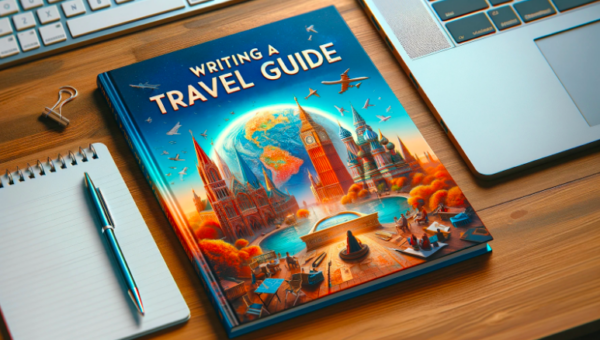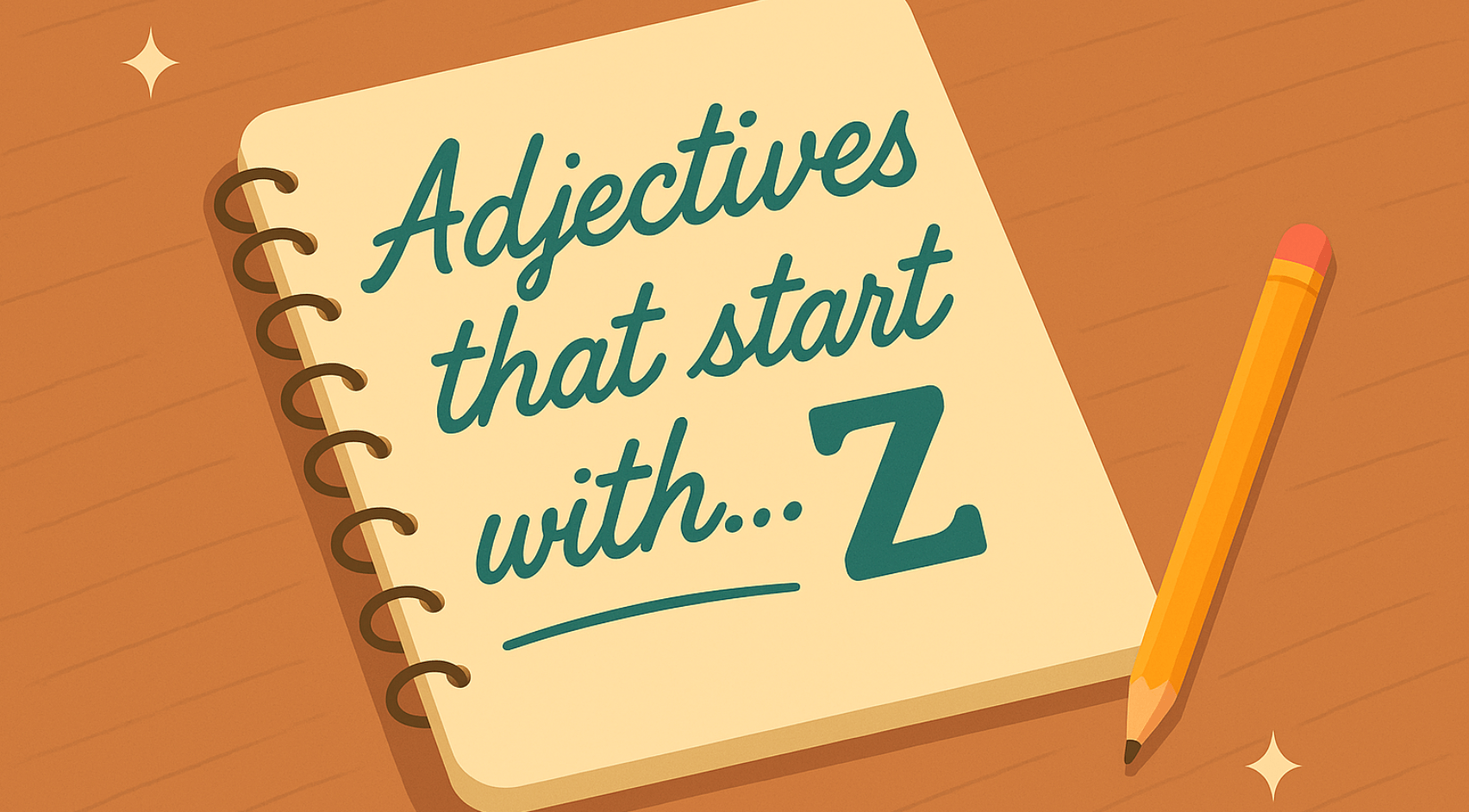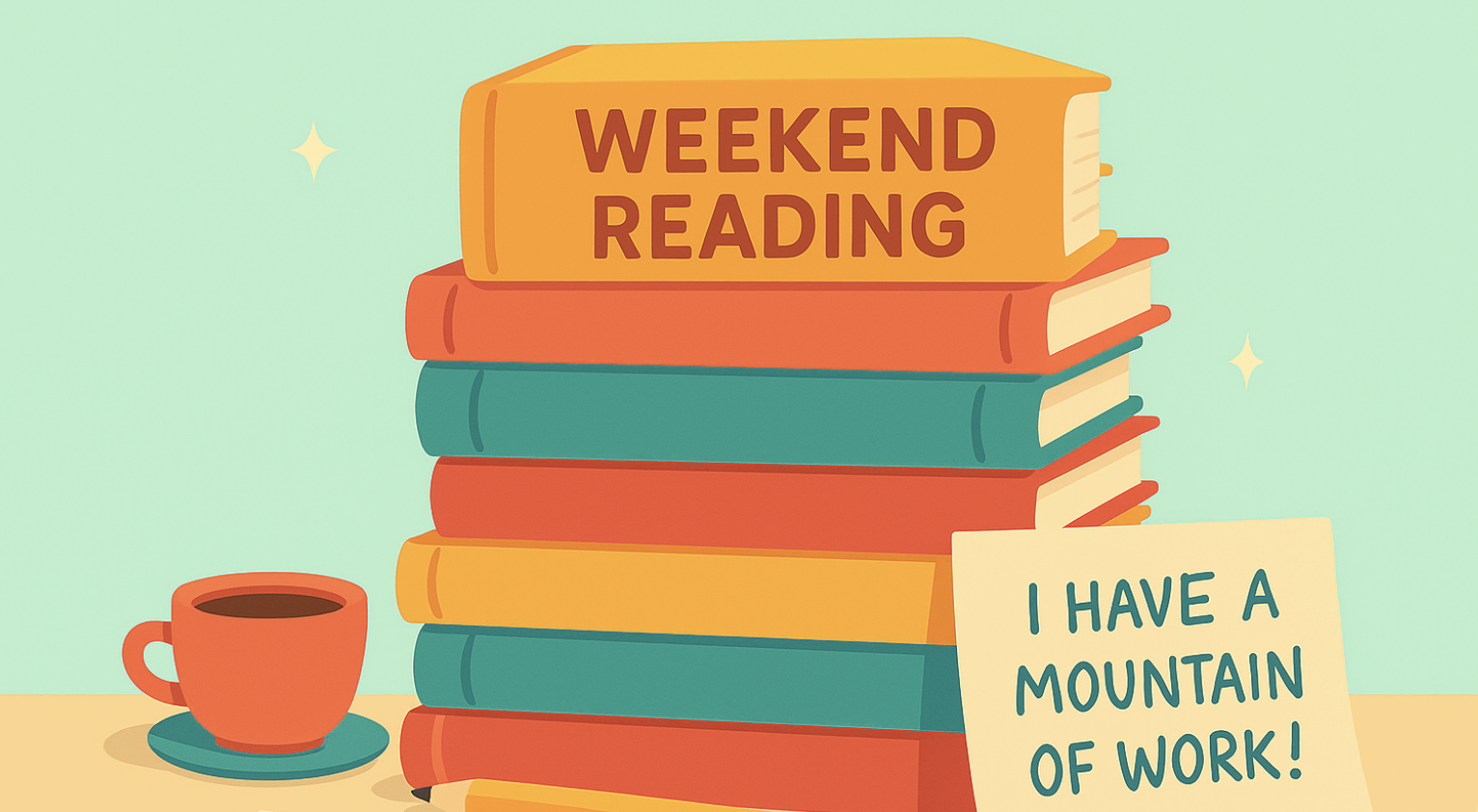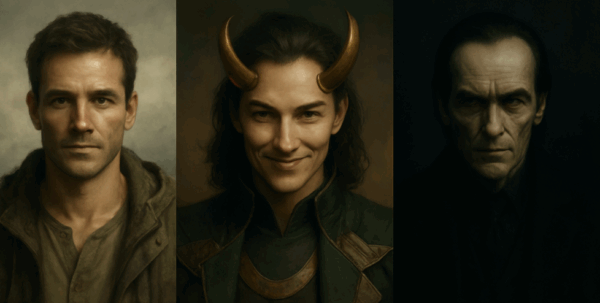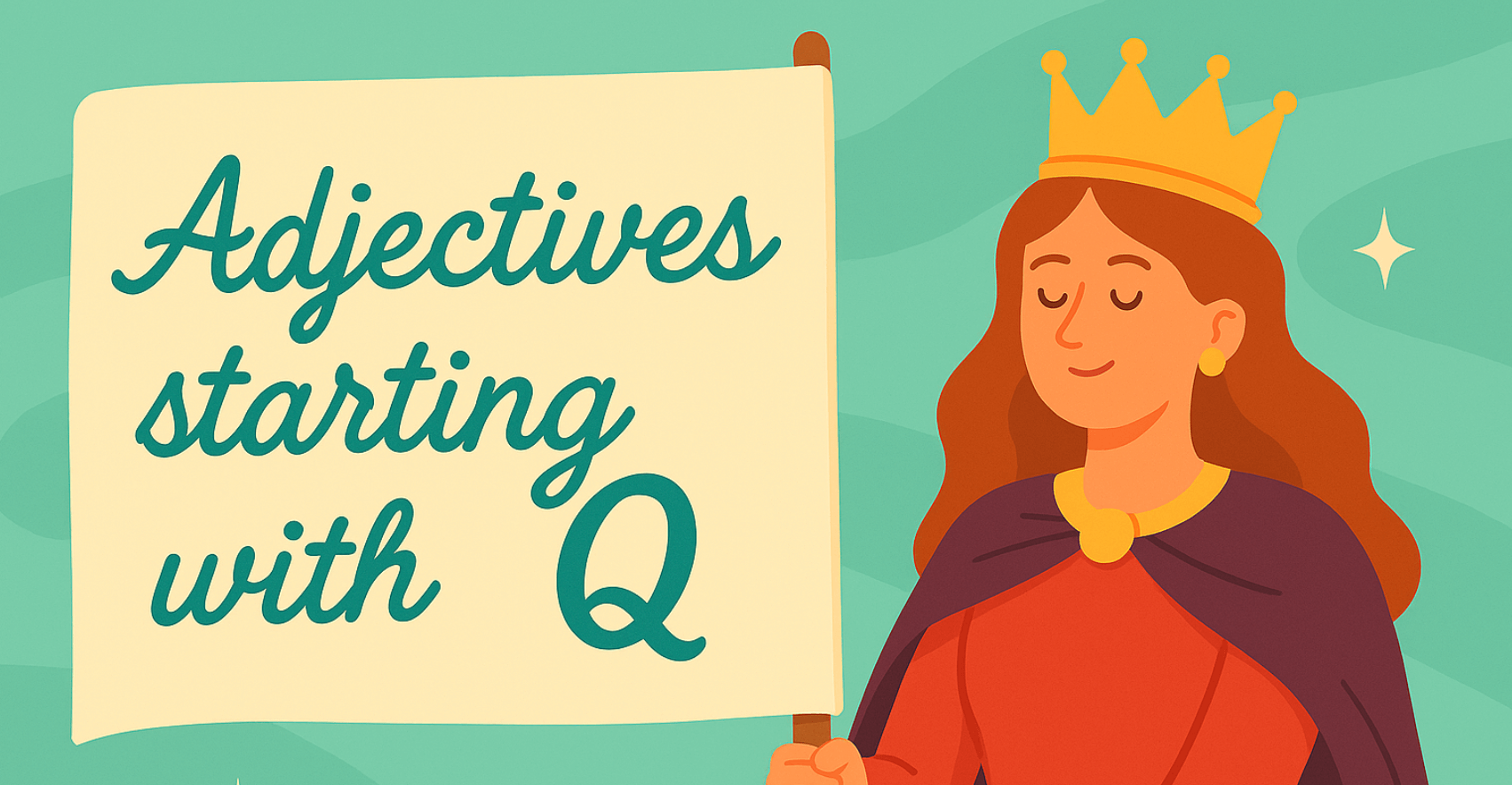Imagine this: two larger-than-life characters, each with their own motivations, flaws, and strengths, facing off in an epic showdown. It’s a battle of wits, willpower, and sometimes, even swords. What happens when two forces collide in a contest that will determine their fate? You’ve just stepped into the world of character conflict, the literary equivalent of a high-stakes wrestling match, but with more emotional baggage and fewer spandex suits.
There are seven types of conflict, and this one is a staple in storytelling, from the classic duels between good and evil to the more complex, morally gray battles of ideas. Whether it’s a battle for love, power, or simple survival, the clash between characters is what drives the heart of many beloved stories. But what exactly does it mean to have a conflict between characters, and why does it hook readers so effectively?
In this guide, we’ll break down the essence of character vs character conflict, explore some iconic examples, and reveal why this clash of titans has been such a staple in literature for centuries. By the end, you’ll not only understand what makes this type of conflict tick, but also how it can elevate your writing and, in turn, your story. Ready for the match?
What is Character vs Character? A Clash of Titans!
At the heart of any great story lies a good fight, whether it’s physical, mental, or moral. And when we talk about character vs character, we’re diving into the ultimate showdown: two forces locked in a battle where only one can emerge victorious. This isn’t just about a simple disagreement—it’s a high-stakes duel with everything on the line: values, beliefs, power, or even survival.
In a character vs character conflict, the protagonist faces an antagonist, or sometimes another protagonist, whose goals directly oppose theirs. These characters’ motivations often clash, creating tension in the storyline and pushing the plot forward. Picture Sherlock Holmes and Moriarty, or Katniss Everdeen and President Snow. Each of these duels is rooted in a deep, personal conflict that’s not just about who’s “right” or “wrong,” but about what they believe, what they value, and how far they’re willing to go to win.
So what’s at stake? It could be anything from control over a kingdom (think Game of Thrones) to a fight for survival (like in The Hunger Games). But at its core, it is about more than just conflict—it’s about the emotional intensity of two characters whose fates are intertwined in a battle they can’t escape.
This conflict type has the power to develop the plot, as well as the very essence of the characters themselves. As these characters collide, they reveal deeper truths about themselves—and about what they’re truly willing to sacrifice. Whether it’s a battle of ideals or an outright physical fight, this type of conflict ignites passion, raise the stakes, and, above all, keep readers on the edge of their seats.
Iconic Showdowns: When Characters Go Head-to-Head
There’s nothing quite like a good old-fashioned battle between two unforgettable characters to get the blood pumping. But what makes a character conflict so engaging? It’s the emotional stakes, the depth of the characters, and the way their clash propels the story forward. When done right, these confrontations aren’t just plot devices—they’re the heartbeat of the narrative.
Let’s take a look at a few iconic showdowns that perfectly capture the magic (and drama) of character vs character conflict:
Harry Potter vs Voldemort
This isn’t just about spells and dark magic; it’s about two opposing worldviews: one that values love, loyalty, and friendship, and the other that thrives on fear, control, and power. The ultimate good vs evil, Harry and Voldemort’s conflict spans seven books, culminating in a battle where personal stakes, past histories, and moral decisions collide in the most explosive way.
Batman vs Joker
Ah, the dark knight and his chaotic foil. Batman’s need for justice clashes with Joker’s pure anarchy. It’s not just a battle of muscle—it’s a philosophical war. Batman believes in order, while Joker thrives on chaos. This clash goes beyond punches and kicks, digging deep into the nature of good and evil. It’s psychological warfare at its finest, and we can’t look away.
Sherlock Holmes vs Moriarty
A battle of wits between the brilliant detective and the criminal mastermind. Sherlock’s logic and reason are pitted against Moriarty’s chaotic genius. Every move is a calculated maneuver in a game of intellectual chess, and the stakes? Nothing short of life and death. Their conflict shows us that sometimes, the greatest battles don’t happen with swords or fists—they happen in the mind.
Katniss Everdeen vs President Snow
In The Hunger Games, Katniss and Snow embody the struggle between power and rebellion. As the symbol of the rebellion, Katniss represents defiance against Snow’s oppressive regime. This isn’t just a fight for survival; it’s a fight for freedom, hope, and the very spirit of resistance. The emotional weight of their conflict makes every twist and turn of their battle feel like the world itself is on the line.
These iconic duels show us that this type of conflict isn’t just about who wins, it’s about what the fight represents. It’s about the clash of values, the push and pull of personalities, and the way these conflicts reveal the characters’ true selves. Whether it’s mental, emotional, or physical, these showdowns keep readers hooked because we’re not just invested in the outcome, we’re invested in the characters and what they stand for. And that’s what makes these conflicts unforgettable.
Why We Love a Good Character Clash: The Thrill of the Fight
Let’s face it, we’re all suckers for a great conflict. Why? Because it’s not just about watching two people fight, it’s about witnessing something far more profound: the battle between two forces that represent different aspects of human nature. It’s a tug-of-war between ideals, motivations, and even personal demons, and we’re all in for the ride.
Here’s why we can’t get enough of these epic showdowns:
The High Stakes Make It Personal
When two characters go head-to-head, it’s rarely just about winning a title or achieving a goal—it’s about something much deeper. Maybe one character is fighting for their life, their values, or even their sense of self-worth. The stakes are personal, and we, as readers, feel tension building in the story. Whether it’s Katniss risking everything to protect her loved ones or Harry trying to defeat Voldemort to save the world, these conflicts push the characters to their limits. And when characters are pushed to their limits, so are we.
We Get to Choose Sides
One of the most exciting aspects of character conflict is the opportunity it gives us to take sides. Do we cheer for the underdog, the rebel, or the hero? Or do we secretly understand where the antagonist is coming from? These conflicts force us to reflect on our own beliefs and values. Do we side with Batman’s quest for justice, or do we find ourselves drawn to Joker’s chaotic freedom? These internal debates are part of the thrill—and they make the conflict all the more compelling.
The Characters Reveal Their True Selves
When characters are in a showdown, their true selves come to light. The masks come off, and we see what they’re really made of. A simple argument can escalate into a life-or-death battle that reveals hidden motivations, vulnerabilities, and strengths. Think about how Sherlock Holmes’ interactions with Moriarty force him to confront his own limitations or how Voldemort’s obsession with power exposes his deep insecurities. In these intense moments, we’re not just learning about the conflict—we’re learning about the characters.
The Emotional Rollercoaster
We don’t just watch character vs character conflicts unfold from a distance, we’re emotionally invested. These showdowns have the power to make us feel everything from rage to empathy. The stakes are so high that we can’t help but feel the tension, the fear, and the triumph when the conflict reaches its climax. Whether we’re cheering for the protagonist or feeling a reluctant sympathy for the antagonist, we’re riding an emotional rollercoaster, and that’s exactly what makes unforgettable characters and novels.
It Pushes the Plot Forward
At the end of the day, character conflict is the engine that drives the plot forward. It’s the spark that ignites the action and keeps the, c story moving. Without these moments of tension and confrontation, the story would stagnate. Think of it like a chess game—each move, each battle, each decision matters and shifts the story in new directions. And just when you think it’s over, there’s always another twist, making you turn the page (or hit “next episode”) faster than you can blink.
The battle between characters isn’t just about a fight—it’s about everything that comes with it. It’s the emotional depth, the stakes, the philosophical debate, and the intense ride that keeps us hooked from start to finish. After all, who doesn’t love watching two powerful forces clash in a way that makes our hearts race and our minds spin?
How to Write a Killer Character vs Character Conflict: Your Playbook for Epic Showdowns
So you’re ready to throw your characters into the ultimate battle, but how do you craft a conflict that’ll leave readers on the edge of their seats? Don’t worry, we’ve got the playbook for creating a character showdown that packs a punch. Here’s how to turn your two clashing forces into something readers can’t stop thinking about:
Make Their Motivations Clashing (But Meaningful)
First things first: these characters need really good reasons to fight. A random disagreement isn’t enough. We’re talking about deep, personal stakes that make the conflict inevitable. Does one character stand for justice and order, while the other thrives on chaos and rebellion? Or maybe one wants to protect the world, and the other seeks to control it? Whatever it is, their motivations must be at odds in a way that makes sense and matters. Without solid motivations, the conflict will feel hollow. Make sure their desires are not only opposing but also meaningful to who they are as characters.
Give Them Equal Power (At Least At First)
If one character is clearly more powerful or smarter than the other, the conflict might feel one-sided—and that’s not nearly as exciting. You want the fight to feel like a true struggle. At least at the beginning, give both characters the tools to challenge each other. This could be physical power, intelligence, or even an emotional edge. The closer the fight feels, the more invested the reader will be in the outcome. When it looks like anything could happen, that’s when the tension really builds.
Create Stakes That Matter to Both Characters
What’s on the line? Whether it’s survival, love, revenge, or ideals, both characters should have something deeply personal at stake. The stakes should not only affect them but also the world around them. If they lose, it should matter—both to them and the reader. If the conflict is important enough, it’ll be hard for readers to look away, and every punch (or clever retort) will feel like it’s leading to something life-changing.
Let Their Conflict Unfold Gradually
While it’s tempting to jump straight into a dramatic battle, it’s often the slow build that makes the conflict so engaging. Think of it as a dance—there should be moments of tension, small victories, and even alliances before the final showdown. Let them spar mentally or emotionally before the fight truly escalates. It’s these smaller confrontations that will make the big moments feel earned.
Use Their Differences to Fuel the Conflict
The heart of character rivalry lies in their differences, whether it’s values, backgrounds, goals, or worldview. Use these differences to deepen the conflict. Maybe one character sees the world in black-and-white, while the other revels in moral ambiguity. Perhaps one believes in teamwork, while the other is fiercely independent. Their contrasting views should influence how they approach the conflict and how it plays out. The more their differences fuel the fight, the more meaningful the confrontation will feel.
Show the Emotional Impact of the Battle
A conflict between characters isn’t just about physical or intellectual combat—it’s emotional, too. Let readers see the internal struggles that each character is going through, and by doing so, you are creating memorable characters that readers will never forget. What are they willing to sacrifice? How does this fight change them? A great showdown isn’t just about who wins, but also about how the characters evolve through the process. Don’t forget the emotional fallout after the fight, either. Even if one character triumphs, the consequences will ripple through the story, shaping both the victor and the loser in profound ways.
Keep the Ending Unpredictable (But Satisfying)
A predictable outcome can make the entire conflict feel flat. Readers should never be sure of who’s going to come out on top until the last moment. However, while the ending should be surprising, it also needs to be satisfying. The outcome should feel like a natural conclusion to the conflict, even if it’s a shocking one. Avoid deus ex machina endings where an outside force suddenly intervenes. The resolution should come from the characters’ choices and actions—no shortcuts.
Creating a character vs character conflict that truly resonates isn’t just about two characters fighting—it’s about crafting a battle with emotional depth, meaningful stakes, and powerful motivations. So, take your time, make every moment count, and prepare your characters for a showdown that’ll keep readers hooked until the very end.
Your Publishing Journey Awaits – Start Now5 Common Pitfalls to Avoid in Conflict Between Characters: Don’t Let Your Fight Go Flat
We’ve covered how to craft an epic battle of characters, but even the best-written conflicts can stumble if you’re not careful. Luckily, we’ve got a handy guide to help you avoid some of the most common missteps when writing these head-to-head showdowns. Because let’s face it, no one wants their characters’ big clash to end with a whimper instead of a bang.
1 – Making One Character Too Weak or Too Strong
Balance is key! If one character is ridiculously overpowered and the other is a pushover, the fight will feel more like a lecture than a showdown. You want both characters to feel like worthy opponents. Of course, one character can have an edge in a particular area—maybe one’s a physical powerhouse and the other has razor-sharp wit—but there should still be a fair level of tension. If one character feels unbeatable, readers will lose interest. Let the struggle be real!
2 – Forgetting About Their Internal Struggles
A character vs character conflict isn’t just about external battles; it’s also about what’s going on inside the characters’ heads. Ignoring their internal conflicts can make your showdown feel shallow. For example, Katniss Everdeen’s struggle with her role as the face of the rebellion goes beyond just fighting President Snow. It’s about her grappling with the pressure, her guilt, and her growing mistrust of those around her. If your characters don’t wrestle with their emotions during the conflict, you miss out on the richness that makes their fight truly captivating.
3 – Making the Conflict One-Dimensional
A good conflict isn’t just a surface-level fight—it’s a clash of values, ideals, or desires. If your conflict is reduced to “I want this, and you want that,” it’s going to feel flat. Look deeper. Why does each character want what they want? What’s at stake for them personally, emotionally, or philosophically? A character who wants power may have deeply rooted insecurities, while the one fighting for justice may be fueled by a past injustice. These layers create complexity and depth, which makes the conflict feel much more compelling.
4 – Letting the Antagonist Steal the Show
While an antagonist needs to be compelling, you don’t want them to overshadow the protagonist. The conflict is supposed to be a battle between two forces, not a stage for one character to outshine the other. It’s easy to get carried away with creating an intimidating villain, but remember that the protagonist’s journey and growth should be just as important. This is their conflict, too! Don’t let the antagonist steal the limelight and leave your protagonist in the dust.
5 – Wrapping It Up Too Neatly
Let’s face it, life’s messy, and so are conflicts. Wrapping up a high-stakes battle with a nice, tidy bow often feels unrealistic. Maybe one character wins, but the emotional toll is devastating. Or, maybe neither character emerges unscathed. The beauty of a good showdown is that it leaves its mark, whether it’s on the characters themselves or the world around them. Avoid overly clean resolutions that feel like they tie everything up with no loose ends. True conflict leaves things a little messy.
6 – Not Using the Conflict to Drive Character Growth
Remember, this conflict isn’t just about who wins—it’s about how it transforms the characters. If the fight ends without any significant growth for either character, it’s a wasted opportunity. Whether they learn something about themselves, confront their deepest fears, or face moral dilemmas, make sure the conflict forces your characters to evolve. Growth is what makes these showdowns memorable, so don’t let your characters remain static in the face of epic battles.
7 – Skipping the Build-Up
The best character vs character conflicts don’t happen overnight. They build, layer by layer, until the tension is unbearable. If you throw your characters into a fight too early or without enough emotional buildup, it’ll feel rushed. Take the time to establish their motivations, explore their differences, and let the conflict simmer. The more time you spend building tension, the more impactful the showdown will be when it finally happens.
The Power of Character Conflict in Your Story
And there you have it—everything you need to know to create an unforgettable character conflict. From making sure your characters’ motivations are compelling to avoiding common pitfalls, you’re now armed with the tools to craft showdowns that will keep your readers hooked.
At its core, conflict between characters isn’t just about two characters fighting—it’s about the battle of wills, values, and goals. It’s what turns a simple plot into a dynamic, emotional, and unforgettable story. These conflicts create the tension that propels the plot forward, the stakes that keep us on the edge of our seats, and the deep character development that leaves a lasting impression.
Exercise: Which Correctly Reflects a Conflict of Character vs Character?
Let’s test your understanding of character conflict! Below are four famous stories with different types of conflicts. For each one, you need to decide if it represents a character vs character conflict or another type of conflict. Remember, character conflicts happen when two characters are in direct opposition, with their goals, values, or beliefs clearly clashing.
Example 1: The Lion King
Simba, a young lion who must take back his kingdom from his uncle. Scar, Simba’s uncle, who has stolen the throne and will stop at nothing to keep it.
Example 2: Cast Away
Chuck Noland, a FedEx systems analyst who is stranded on a deserted island after a plane crash. Chuck must survive alone on the island and find a way to escape, facing the challenges of nature and isolation.
Example 3: The Hunger Games
Character A: Katniss Everdeen, a young woman fighting for survival and the freedom of her people. President Snow, the ruthless leader of the Capitol, who wants to crush the rebellion and maintain control.
Answer: Example 2. This is a character vs nature conflict because Chuck is battling the harsh conditions of the island, not another person.
FAQs – Types of Conflict: Character vs Character
Q: What is an example of character vs character conflict?
An example of character vs character conflict in literature is the rivalry between Dr. Jekyll and Mr. Hyde in Strange Case of Dr Jekyll and Mr Hyde by Robert Louis Stevenson. Dr. Jekyll’s good side and Mr. Hyde’s evil side represent a battle for control over the same person, making it a complex conflict between two opposing aspects of one character.
Q: What is a problem between two characters called?
A problem between two characters is referred to as a character vs character conflict. This conflict involves characters with opposing desires, goals, or values. For example, in The Great Gatsby, Gatsby and Tom Buchanan have a direct conflict over Daisy, representing their differing desires and values.
Q: What is the literary term for conflict with another character?
The literary term for conflict with another character is character vs character. This type of conflict is central to many stories, where two characters have opposing goals. A prime example is the conflict between Sherlock Holmes and Professor Moriarty in Arthur Conan Doyle’s detective stories.
Q: What is an example of character vs fate?
An example of character vs fate can be found in Oedipus Rex by Sophocles. Oedipus struggles against a prophecy that foretells he will kill his father and marry his mother, ultimately fulfilling the prophecy despite his efforts to avoid it.
Q: What are examples of good character traits in literature?
Examples of good character traits in literature include courage, loyalty, and honesty. In To Kill a Mockingbird, Atticus Finch exemplifies these traits as he defends an innocent man in a racially prejudiced society. These traits make him a moral hero in the novel.


